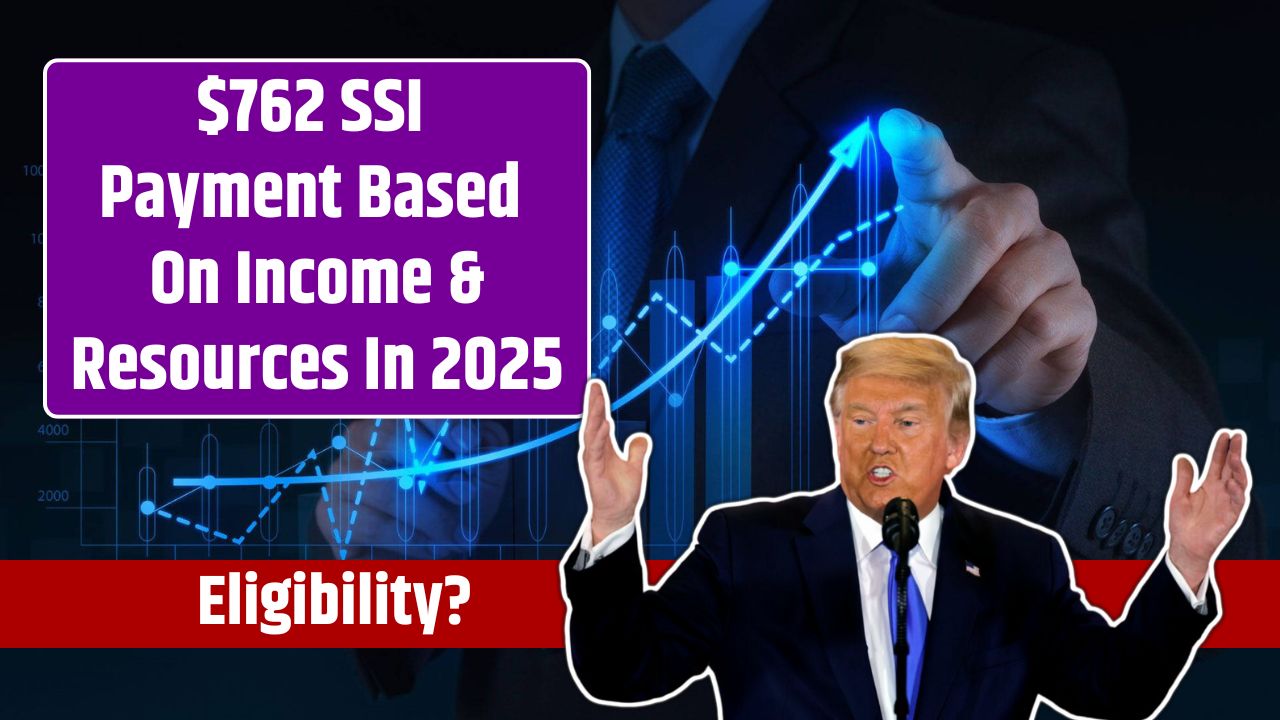Millions of Americans depend on Supplemental Security Income (SSI) to meet basic needs.
In 2025, eligible individuals can receive up to $762 monthly, offering crucial support for seniors, disabled individuals, and those with limited resources.
Let’s dive into the eligibility criteria, payment schedule, and steps to apply so you can make the most of this vital program.
What Is SSI?
SSI is a federal program providing monthly financial assistance to low-income individuals who are aged 65 or older, blind, or disabled.
Unlike Social Security benefits, SSI is funded by general tax revenues and does not require a work history.
In 2025, the monthly benefit rate is $762 for individuals and $1,145 for couples, reflecting an increase due to the cost-of-living adjustment (COLA).
This adjustment ensures that payments keep up with inflation, helping beneficiaries cover essential expenses like housing, food, and medical care.
Eligibility
Age
To qualify for SSI under age-related criteria, you must be 65 years or older. This ensures that seniors without sufficient income or savings can receive financial support.
Blindness or Disability
Individuals of any age can qualify if they are blind or have a medically verified disability that prevents them from working. Disabilities must meet the standards set by the Social Security Administration (SSA).
Income and Resources
Income Limits
To qualify in 2025, countable income must be below $762 per month for individuals. Countable income includes:
- Wages
- Pensions
- Other benefits
The first $20 of most income sources is excluded, allowing beneficiaries to retain more of their earnings.
Resource Limits
Eligible individuals cannot own more than $2,000 in countable resources ($3,000 for couples). Resources include:
- Bank accounts
- Stocks
- Cash
Primary residences and one vehicle are excluded.
Example:
Mary, 67, has $500 monthly income and $1,500 in savings. She qualifies for SSI. Similarly, John, 45, blind with minimal resources, also qualifies despite being under 65.
Payment Schedule
When Are Payments Issued?
SSI payments are typically sent on the first of each month. If the 1st falls on a weekend or holiday, payments are issued on the prior business day.
Key Dates for 2025:
- January Payment: December 31, 2024, due to New Year’s Day.
- Monthly Payments: First day of each month, unless adjusted for weekends or holidays.
Setting up direct deposit ensures timely access to payments without mail delays.
How to Apply
Step 1: Gather Required Documents
Prepare:
- Birth certificate
- Social Security number
- Proof of citizenship or residency
- Financial records (bank statements, pay stubs)
- Medical records (if applying for disability)
Step 2: Submit Your Application
- Online: Visit the SSA website for a convenient application process.
- Phone: Call 1-800-772-1213 (TTY 1-800-325-0778).
- In-Person: Visit your local SSA office for personalized assistance.
Step 3: Wait for a Decision
Processing times vary. Disability claims may take longer due to medical evaluations. You can track your application status online or by contacting the SSA.
Maximizing Your SSI Benefits
1. Report Changes
Notify the SSA of changes in income, living arrangements, or resources to ensure accurate payments.
2. Leverage Other Programs
Combine SSI with other assistance programs, such as:
- Medicaid: For healthcare coverage.
- SNAP: To help with food expenses.
3. Opt for Direct Deposit
Direct deposit ensures faster, secure payments, eliminating delays caused by mailing.
4. Seek Expert Help
Non-profits and legal advisors can assist with applications, ensuring no details are overlooked.
SSI is a lifeline for millions of Americans. By understanding the eligibility requirements and application process, you can access the support you need to improve your financial well-being in 2025.
Take advantage of this program and plan for a more secure future.
















